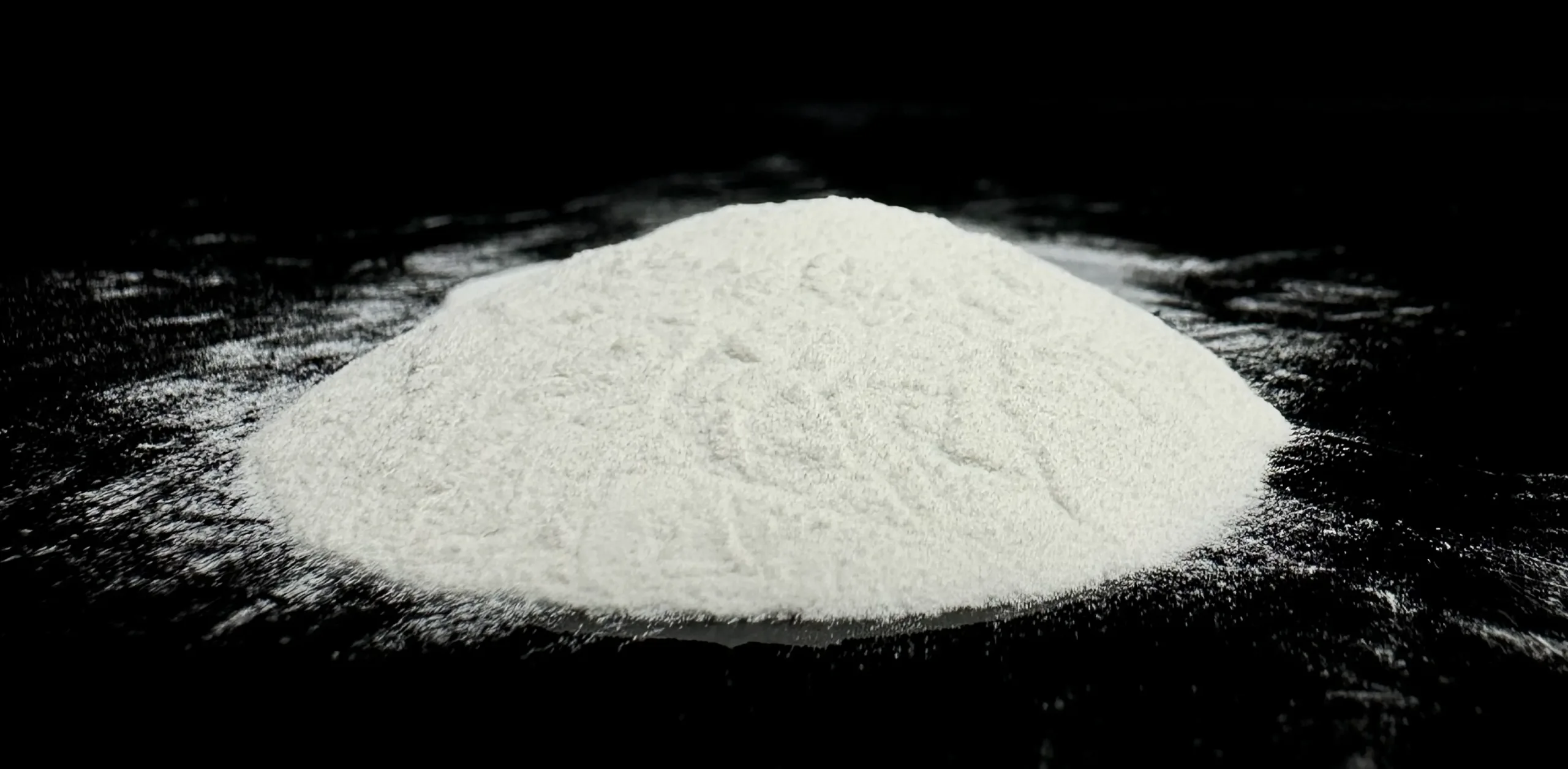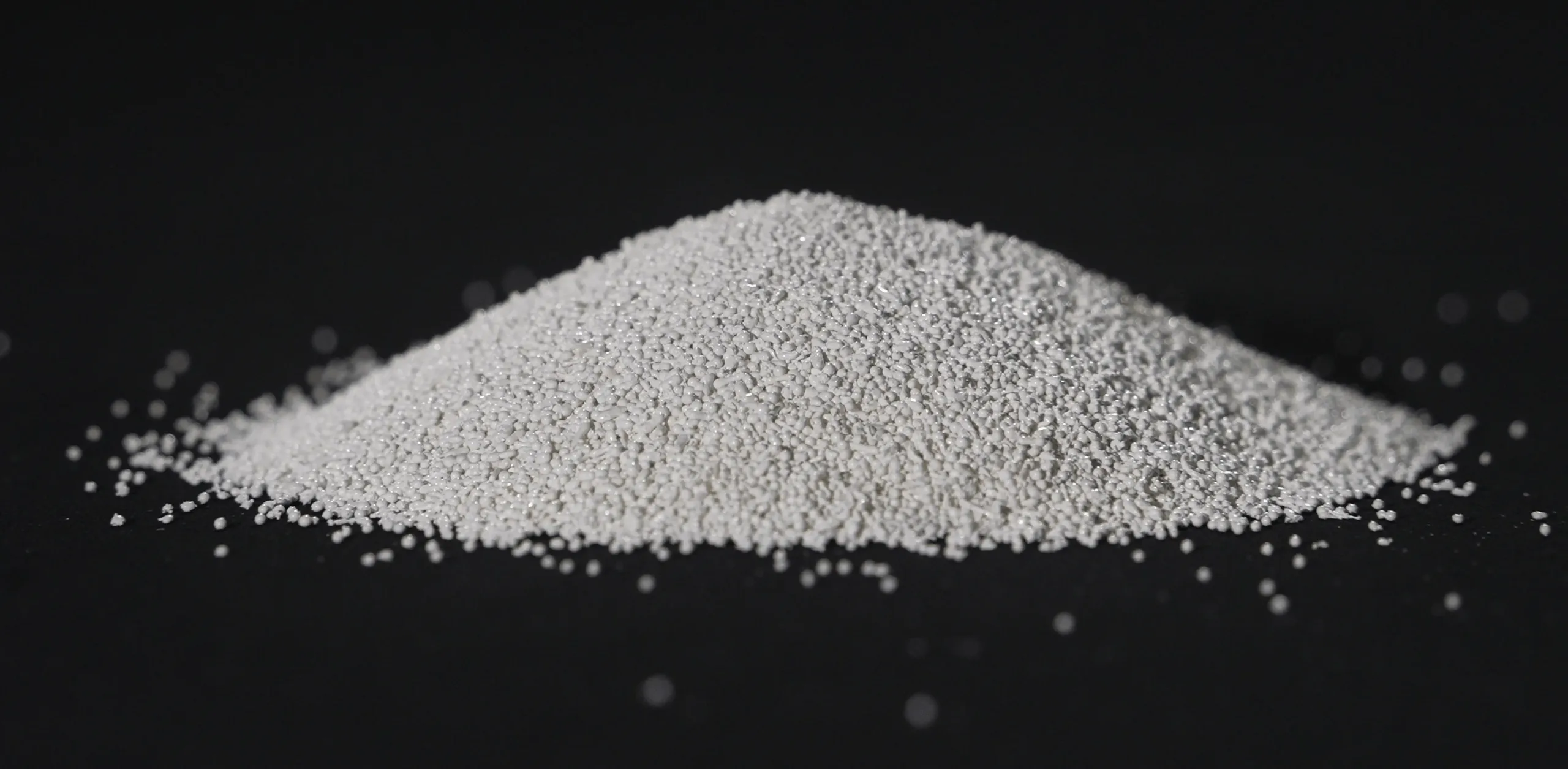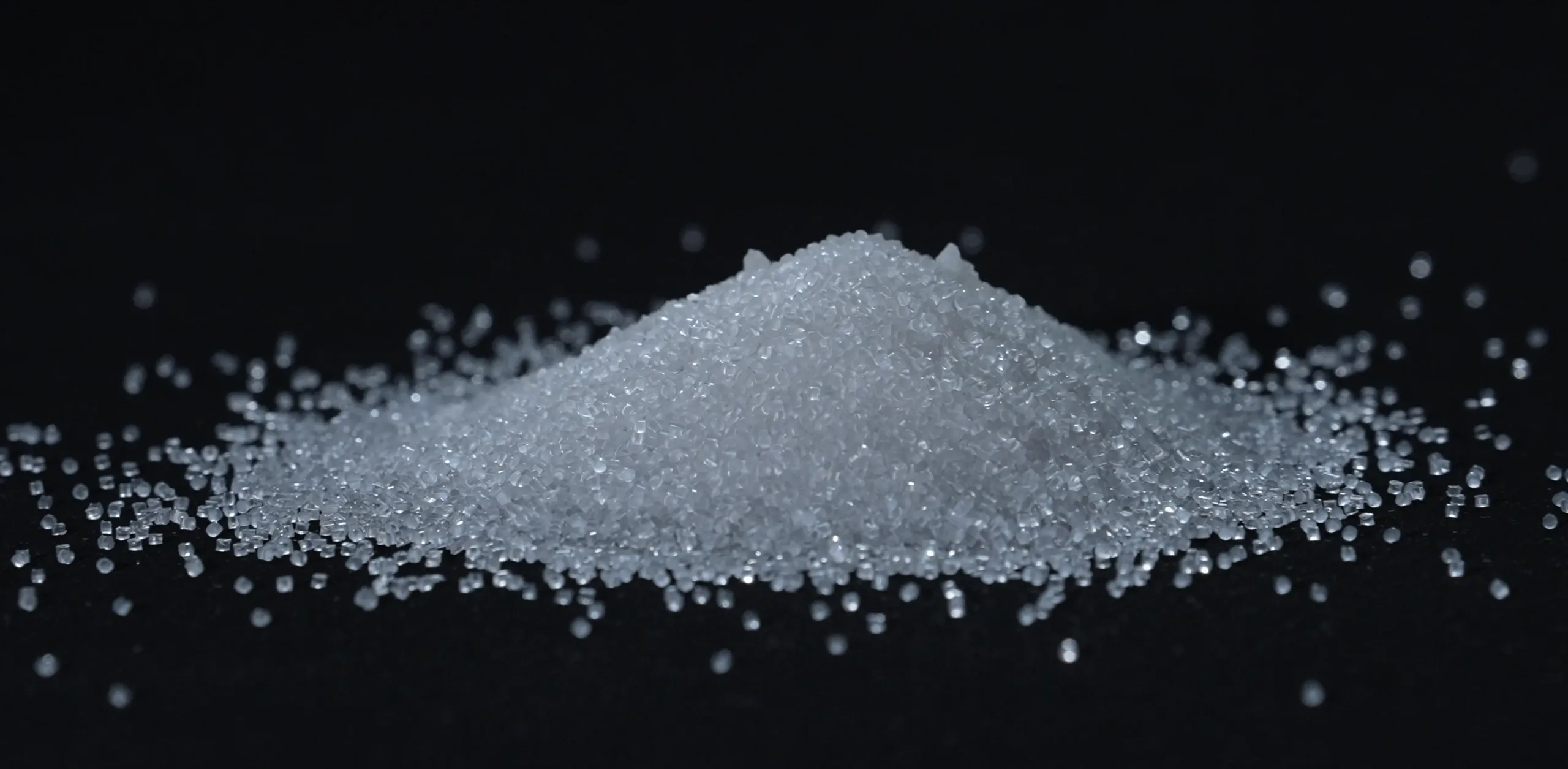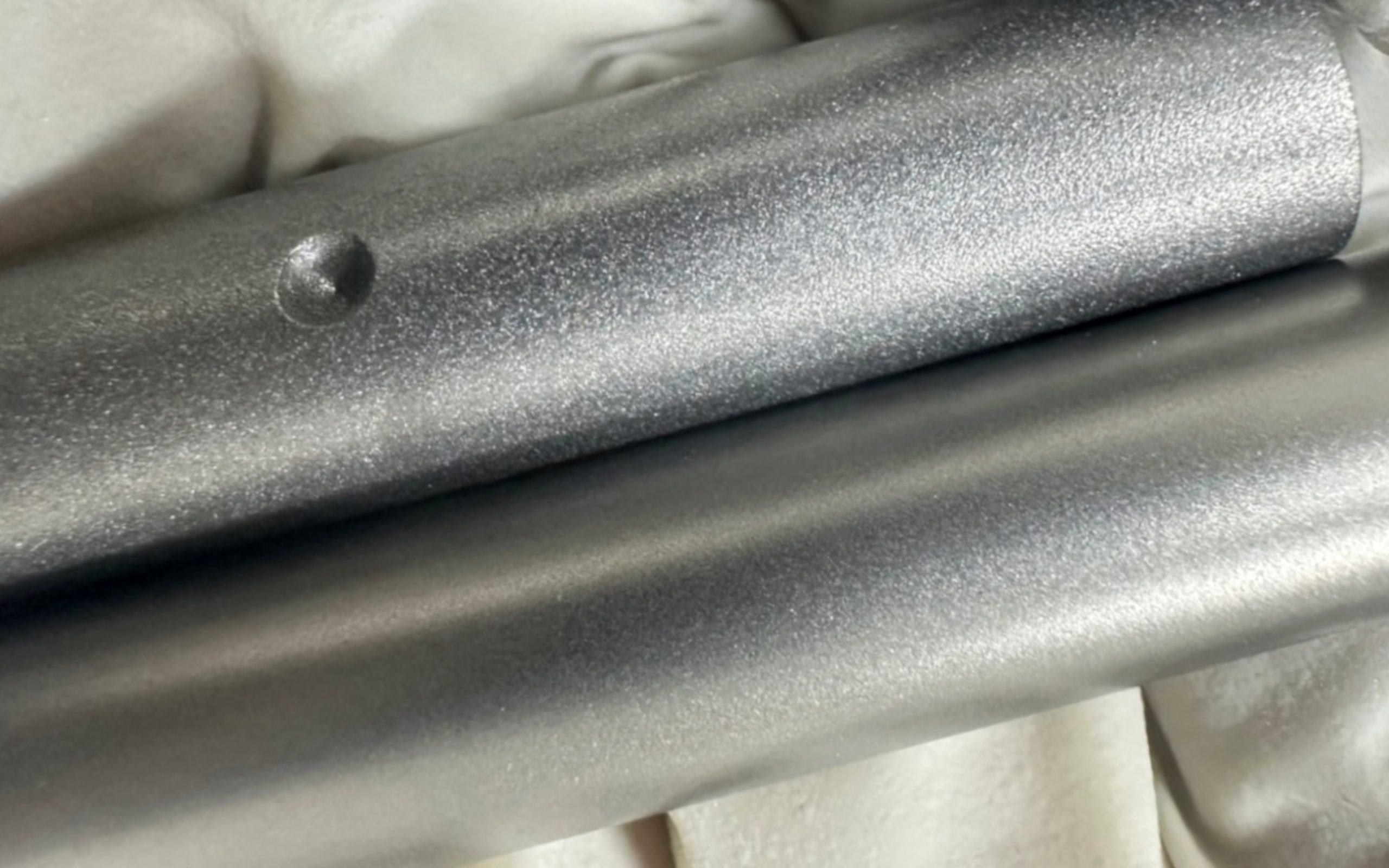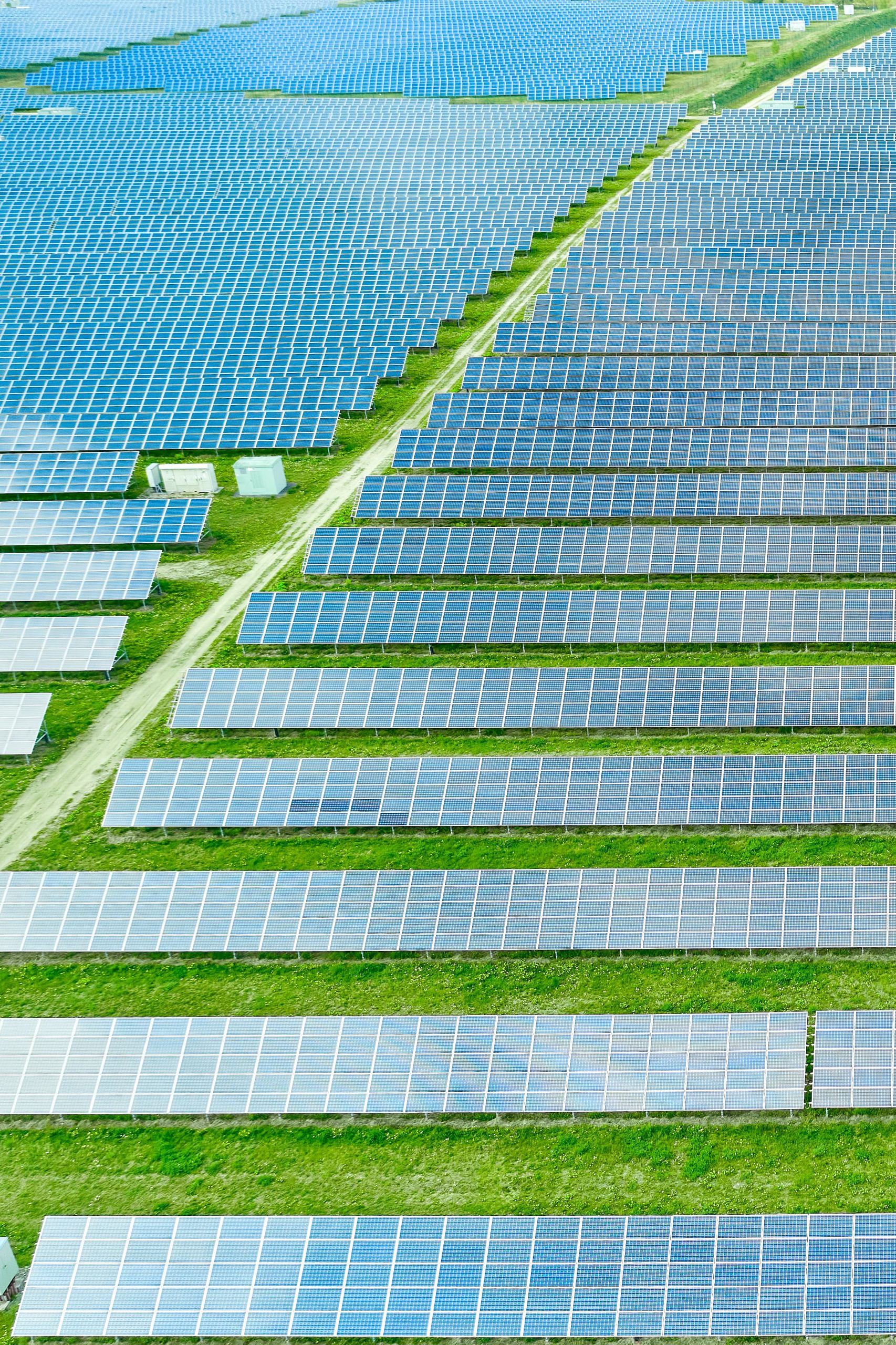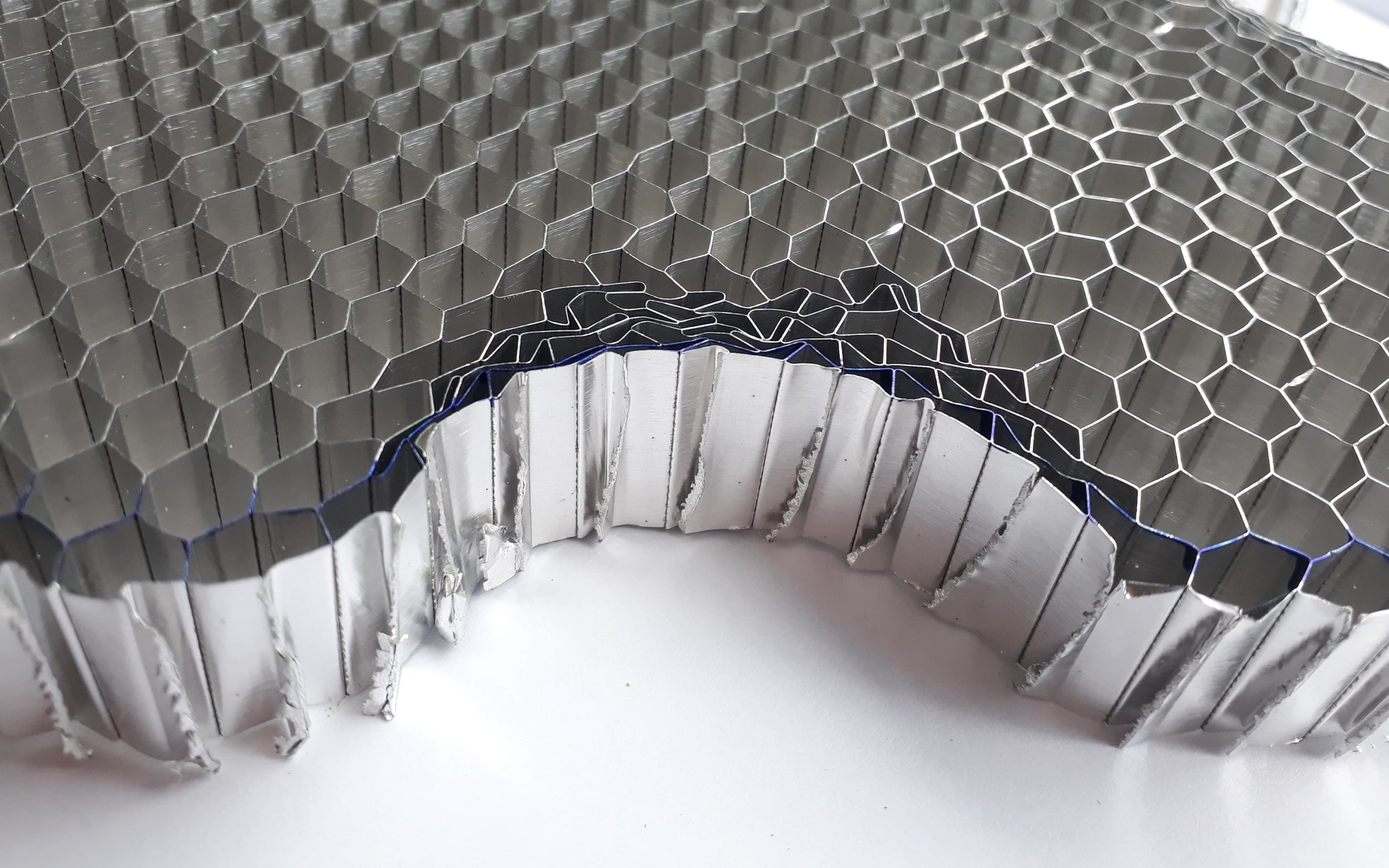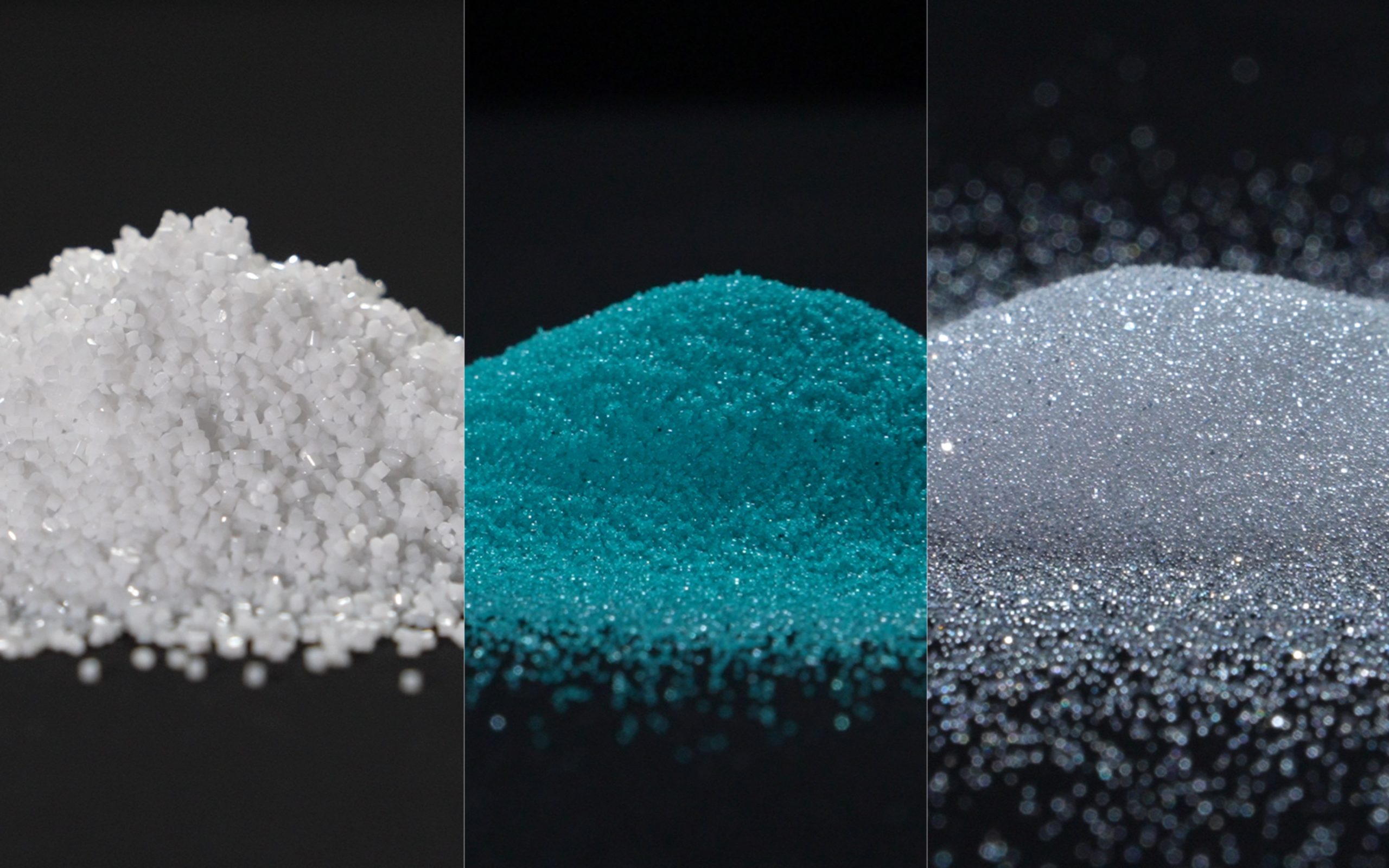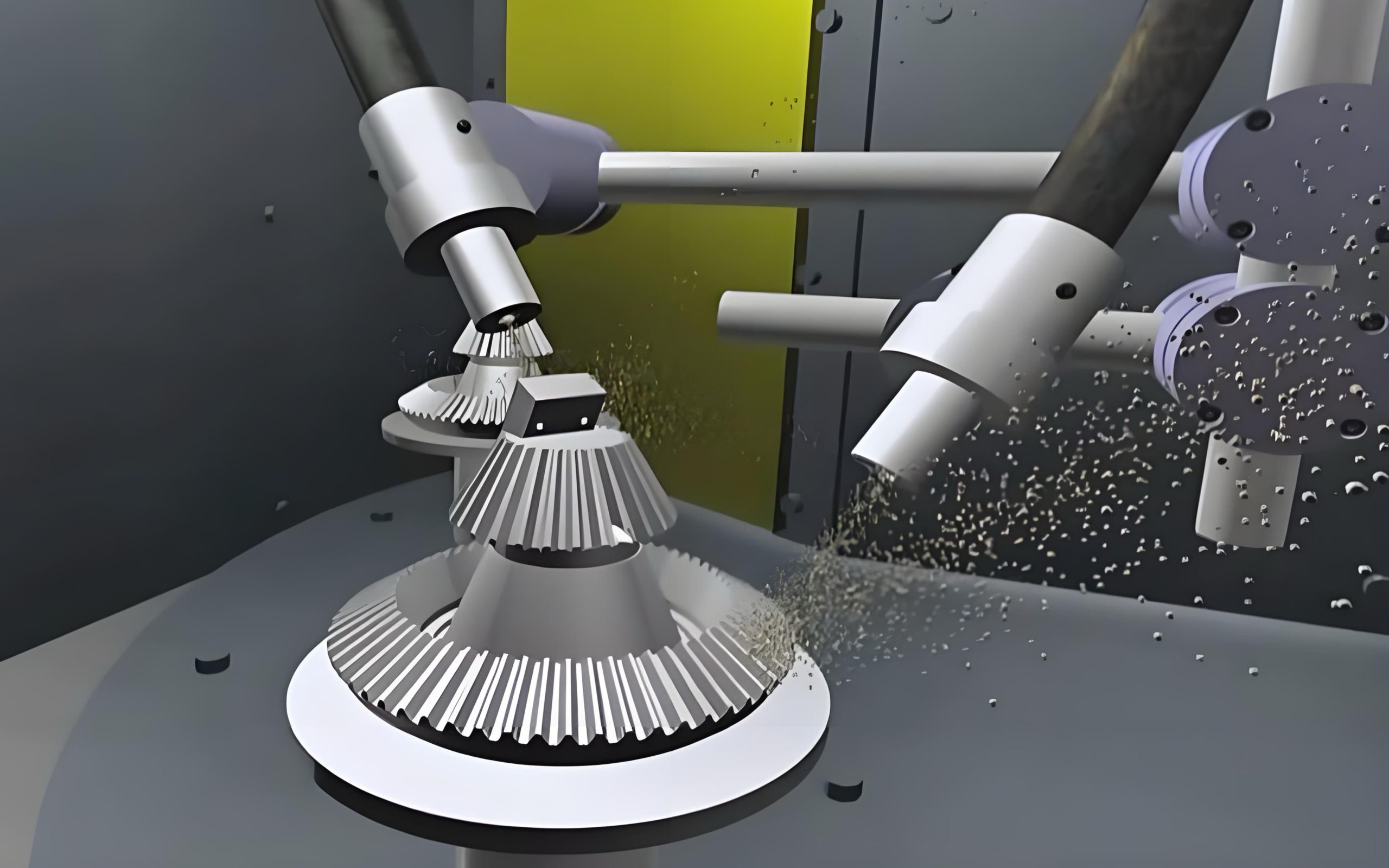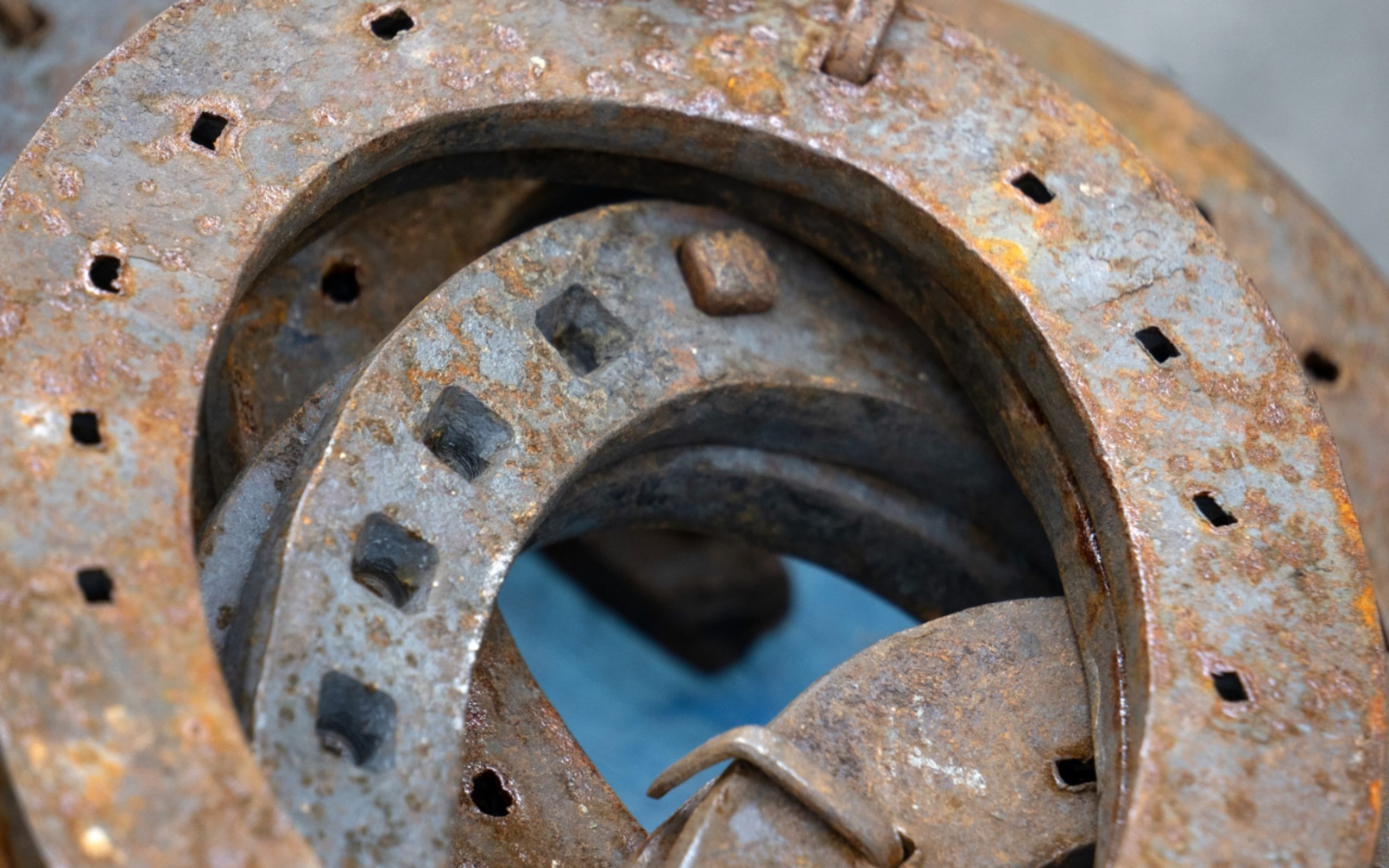Advantages and Applications of Sandblasting Surface Pretreatment
October 15, 2024

In modern industry, surface pretreatment is regarded as a key link in the product manufacturing process. It not only affects the appearance and performance of the product but also directly affects the service life and reliability of the product. By removing impurities, oxides, and oil stains on the surface, surface pretreatment lays a solid foundation for subsequent coating or surface treatment. Surface pretreatment has a wide range of applications in different industrial fields, including aerospace, automobiles, electronic equipment, and medical devices. In these fields, surface treatment is not only about beauty but also about safety and functionality. To meet different needs, sandblasting technology also has flexible changes in material selection and treatment methods. Therefore, understanding the basic concepts of sandblasting surface pretreatment and its specific applications can help companies choose the most appropriate treatment plan, thereby improving product quality and competitiveness.
What is surface pretreatment?
Surface pretreatment refers to the process of treating the material by physical or chemical means before applying a coating on the surface of the material. The purpose of this process is to improve the adhesion of the coating and ensure that it does not easily fall off or degrade in performance during long-term use. The steps of surface pretreatment include cleaning, roughening, and activating the surface so that the coating can adhere firmly to the material.
Among them, sandblasting is a common and widely used surface pretreatment method. By using high-speed abrasive particles to impact the surface of the material, it can remove the oxide layer, rust, and aged coating, and create an ideal surface profile. Compared with chemical treatment methods such as pickling, sandblasting has great advantages in efficiency, safety, and environmental protection.
In addition to sandblasting, other common surface pretreatment methods include:
- Pickling: Acid is used to remove oxides and contaminants on the surface of the material, but the treatment process will produce waste liquid and harmful gases, which need to be strictly controlled.
- Polishing: Mainly used to remove tiny burrs or defects on the surface, often used for material processing that requires a highly smooth surface.
- Mechanical grinding: Use mechanical equipment to grind and flatten the surface, suitable for large-area surface treatment, especially on steel structures.
Compared with these methods, sandblasting can more effectively create microscopic roughness on the surface of the material, enhance the adhesion of the coating to the substrate, and is one of the most common choices in industrial applications.
The scientific principle of surface pretreatment
The scientific principle of surface pretreatment mainly revolves around removing impurities, rust, or coating on the surface, while creating a suitable surface morphology for subsequent coating or bonding processes. Sandblasting achieves the effect of cleaning and etching by rubbing and impacting the surface of the workpiece with the sandblasting material ejected at high speed. In this process, the following key factors are involved:
- Formation of surface roughness
Surface roughness is formed by the impact force of the sandblasting material. The sandblasting material impacts the surface of the workpiece at high speed, not only removing rust spots, coatings, etc. but also forming uniform microscopic bumps on the surface. This bump structure helps to increase the bonding area of the surface, thereby improving the adhesion of subsequent coatings.
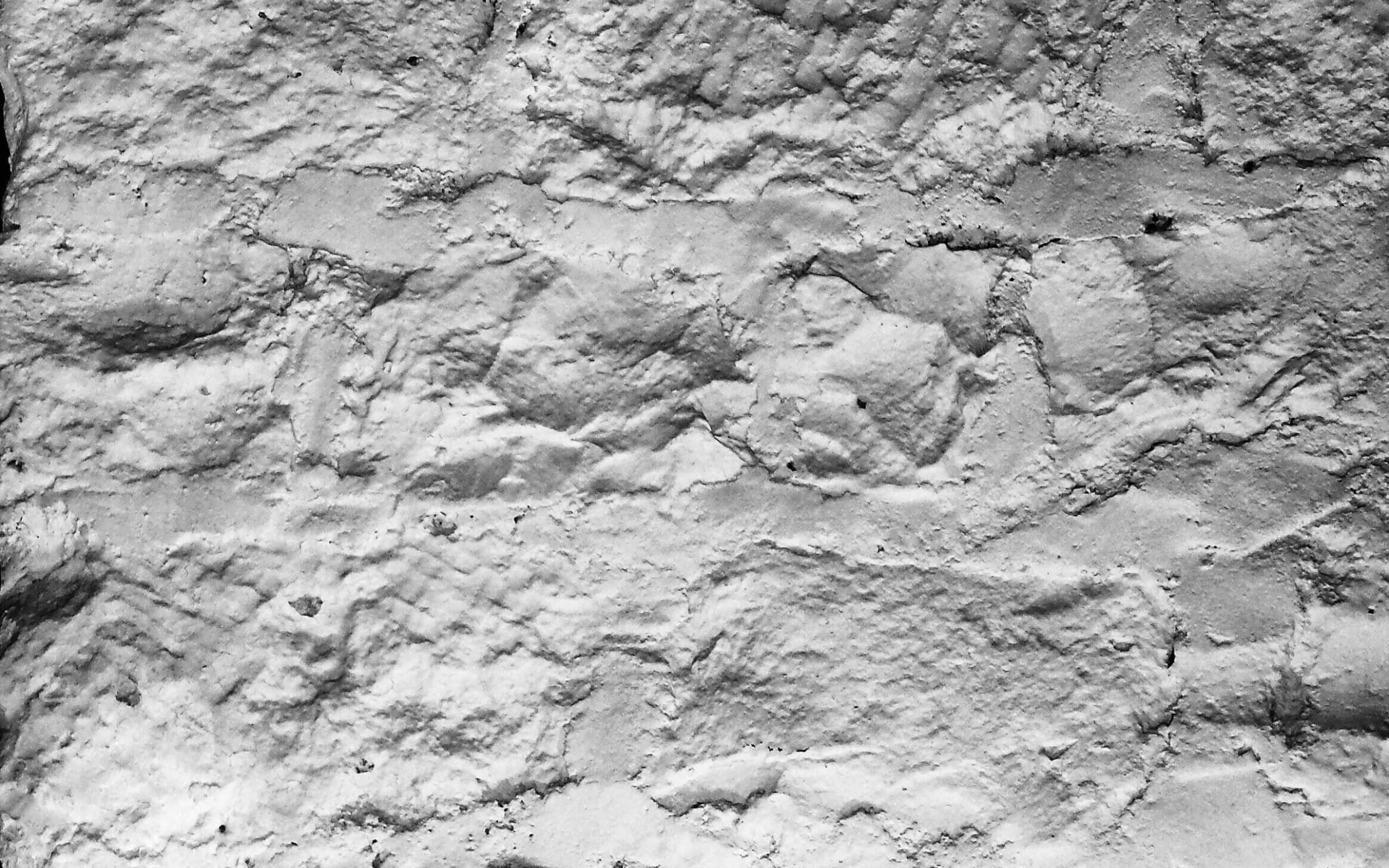
The roughness of the surface is related to the adhesion of the subsequent coating
- The kinetic energy of sandblasting materials
During the sandblasting process, the particle size, density, and speed of the sandblasting material determine its energy. When the particle size and density are moderate and the spraying speed is high, the material can effectively remove surface dirt and rust spots and achieve the desired effect. Due to its high hardness and density, aluminum oxide sand performs well in kinetic energy conversion efficiency and is particularly suitable for processing hard or thick rust layers and coatings.
- The effect of particle morphology on pretreatment
The particle morphology of different sandblasting materials also affects the surface pretreatment effect. The particles of aluminum oxide sand present relatively sharp edges, which is suitable for removing difficult-to-remove dirt and rust spots. Materials such as glass beads are suitable for polishing and fine surface treatment due to their rounded shape. Therefore, according to the goal of surface treatment, it is necessary to select the appropriate sandblasting material.
- Static electricity effect
During the sandblasting process, static electricity generated by the friction between the material and the workpiece surface will also affect the treatment effect. For coatings and adhesives, static electricity may cause dust adsorption and affect the quality of subsequent processes. Therefore, in high-demand applications, static electricity needs to be controlled or anti-static sandblasting materials need to be used to ensure surface quality.
Problems solved by surface pretreatment
Surface pretreatment is important because the untreated material surface usually has the following problems, which may cause the coating to fail to adhere fully, thereby affecting the durability and functionality of the product:
Rust and oxide layer
When metal materials are exposed to air, they react with oxygen to form an oxide layer, and the most common one is rust on the metal surface. This not only affects the appearance, but more importantly, rust will further erode the material and weaken its structural strength. Through sandblasting, these oxide layers and rust spots can be quickly and effectively removed, restoring the metal to a bright surface, and laying a solid foundation for the subsequent coating process.
Coating residue and contaminants
Where repainting is required, the old coating and residual grease, dirt, etc. will seriously affect the adhesion of the new coating. Sandblasting can thoroughly clean various surface residues through the impact of high-speed abrasive particles, ensuring the stability and durability of the new coating.
Inconsistent surface finish
Untreated surfaces are often uneven, especially materials that have been used for a long time or exposed to harsh environments. Sandblasting can not only evenly remove impurities on the surface, but also fine-tune the surface roughness by adjusting the type and particle size of the sandblasting media to provide the best adhesion conditions for different types of coatings.
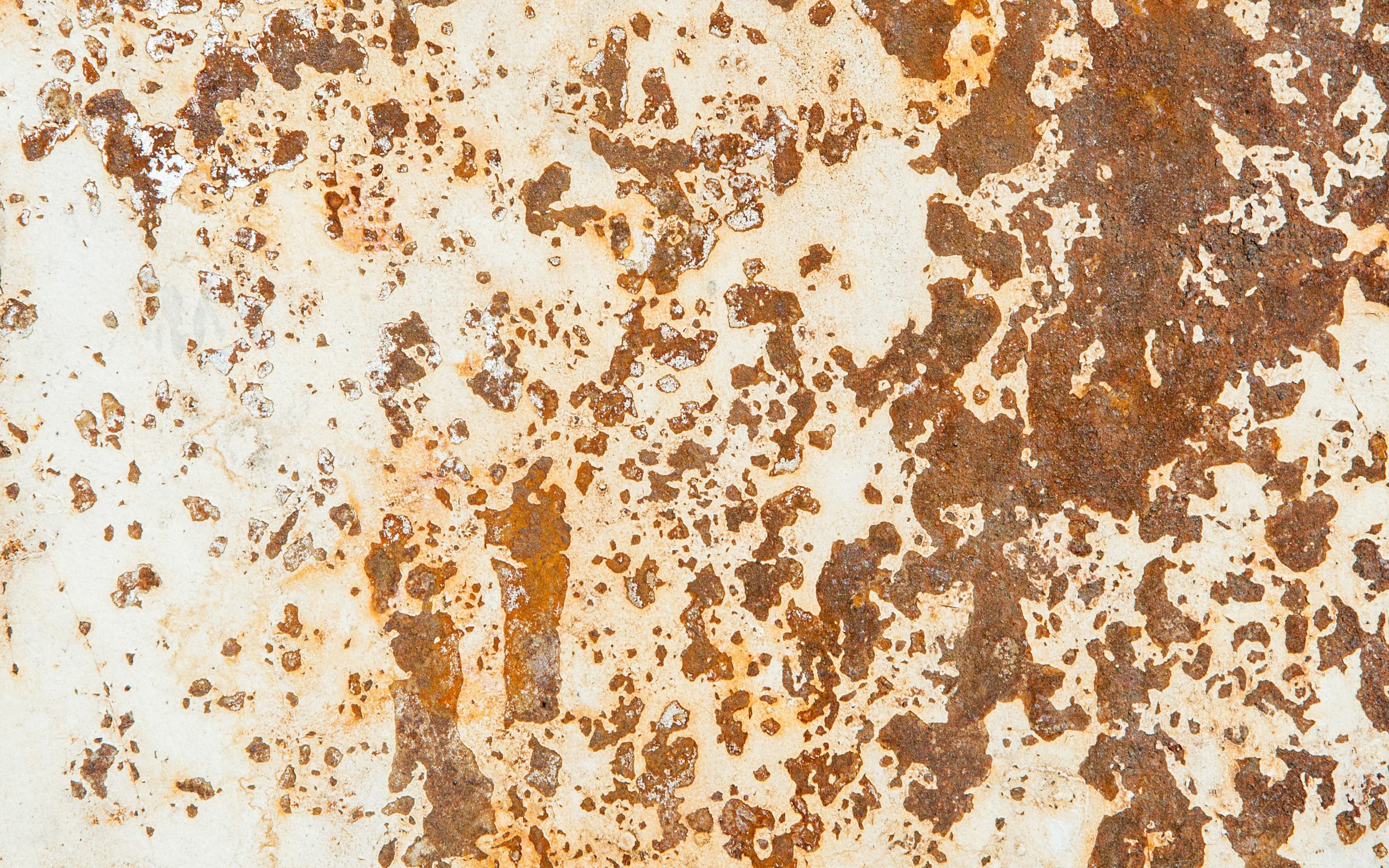
corrosion
Application of surface pretreatment in various industries
Surface pretreatment is a key process that is widely used in many industries. The requirements for surface treatment in each industry may be different, depending on the characteristics of the material and the coating requirements. The following is an introduction to several typical application industries:
Automotive industry
Surface pretreatment is essential in the process of automobile manufacturing and repair. The surfaces of key parts such as car bodies, engine components, and wheels often require sandblasting to remove old coatings, rust spots, and impurities, thereby providing better adhesion for re-spraying primers and topcoats. For example, before the car body is sprayed, the surface needs to have a uniform roughness to prevent the coating from peeling off and the formation of bubbles. In addition, sandblasting can also be used to polish and trim the surface of parts to improve the overall finish and durability.
Aerospace Industry
The aerospace industry has extremely high-performance requirements for materials, especially parts that work under high-temperature and high-pressure environments, such as turbine blades, aircraft engine components, etc. After a period of use, these parts will form an oxide layer or coating failure due to high-temperature oxidation or wear. Through sandblasting, the residue on the surface can be quickly removed to ensure the adhesion of subsequent coatings and extend the service life of parts. In addition, sandblasting can also be used for surface strengthening treatment during processing to improve the fatigue resistance of materials.
Metallurgy and Steel Manufacturing
The metallurgical and steel industries often require sandblasting of large steel structures. Sandblasting can not only clean up the rust on the surface but also enhance the wear resistance of the metal surface to avoid stress concentration and crack propagation in subsequent use. In the processing of high-temperature alloy materials, sandblasting can also adjust the surface roughness to make it more corrosion-resistant at high temperatures. By finely controlling the particle size and speed of sandblasting materials, the performance of these materials can be effectively improved to meet the use requirements of complex environments.
Oil and gas industry
Equipment in the oil and gas industry is exposed to harsh outdoor environments all year round and is prone to corrosion and wear problems. The application of sandblasting technology in the oil and gas industry is mainly reflected in the surface pretreatment of key equipment such as pipelines, drilling equipment, and storage tanks. For example, during the use of the drill bit, thick sludge and rust are often attached to the surface. Traditional mechanical cleaning methods are difficult to remove efficiently while sandblasting can quickly clean these difficult-to-remove impurities, ensuring that the surface of the drill bit is smooth, thereby extending its service life.
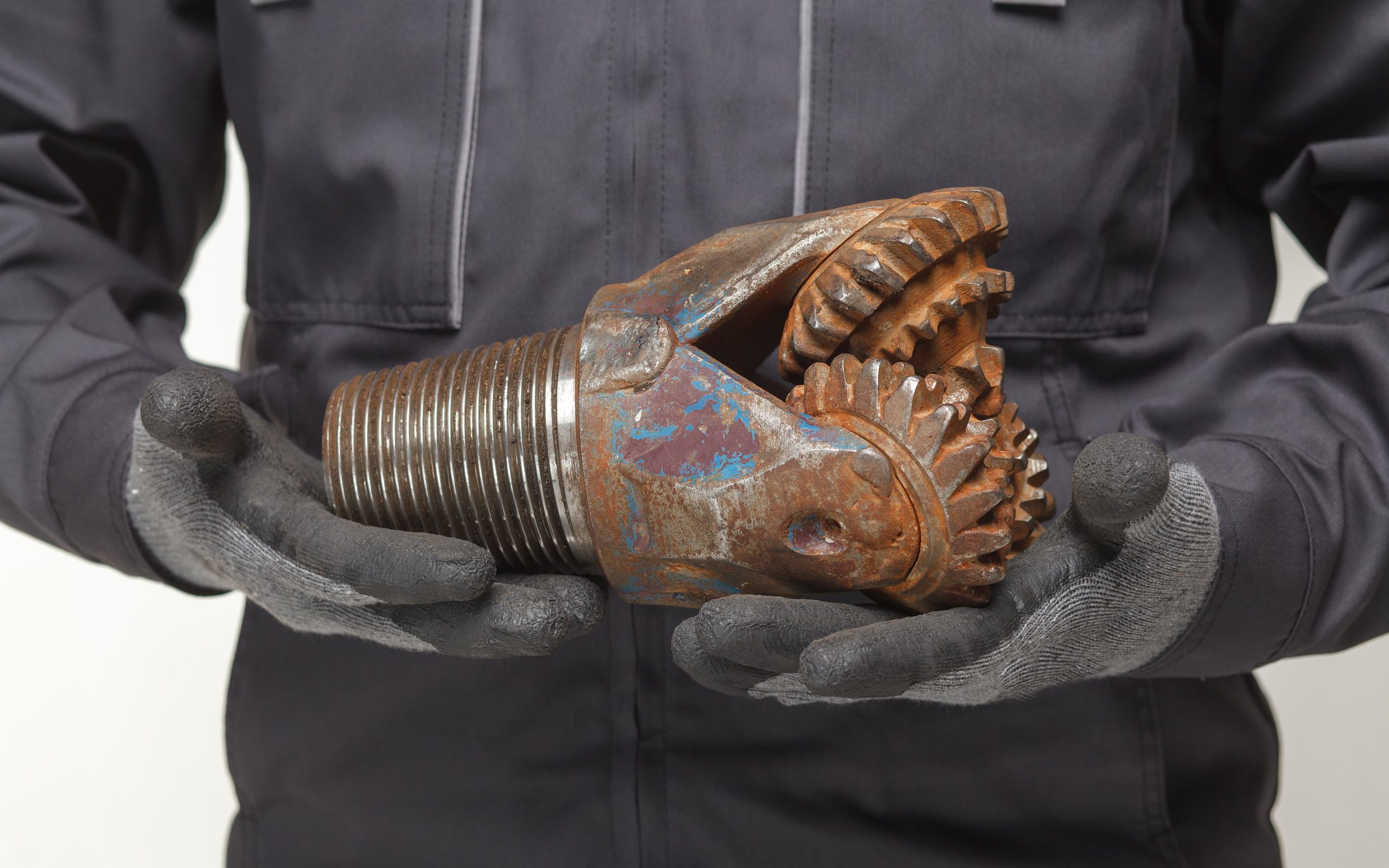
Holding a rusty drill
Introduction to sandblasting materials
The selection of sandblasting materials plays a vital role in the effect of surface pretreatment. Different materials have different characteristics and are suitable for different application scenarios. In the process of surface pretreatment, aluminum oxide is one of the most common sandblasting materials, but other materials such as glass beads and ceramic beads also have their unique application scenarios.
Alumina sand
Alumina sand has become one of the preferred materials for surface pretreatment due to its high hardness and high density. Due to its strong cutting ability, it can effectively remove rust and old coatings on metal surfaces. Its particles are uniform and durable, suitable for long-term repeated use. In addition, alumina sand is suitable for a variety of different metal and non-metal materials and can adjust the surface roughness according to different particle sizes. It is widely used in high-demand surface treatment tasks such as automobiles, aerospace, etc.
Glass beads
Glass beads are mainly used in occasions that require delicate treatment, such as surface polishing of stainless steel and aluminum products. The hardness of glass beads is relatively low, and they will not damage the surface of the workpiece when used, so they are suitable for processing materials with high surface finish requirements. It is widely used in the cleaning and deburring of medical devices and electronic product housings.
Ceramic beads
Ceramic beads have high density and wear resistance, making them an ideal choice for processing high-strength materials, especially in the surface cleaning and strengthening of high-temperature-resistant materials. Ceramic beads are mostly used for parts that require precision surface treatment, such as turbine blades and high-temperature alloys. Its characteristics are that it can maintain stability in high-temperature environments and ensure surface quality.
How to choose the right sandblasting material
It is crucial to choose the right sandblasting material according to the needs of surface pretreatment. Different application scenarios have different performance requirements for materials, so the selection of sandblasting materials should be based on the following factors:
Workpiece material
Different workpiece materials have different requirements for sandblasting materials. For example, metal workpieces usually require a harder blasting material for cleaning, while plastic or light alloy workpieces require a gentler material to avoid scratching or damaging the surface.
Surface treatment goals
If the goal is to quickly remove rust or coatings, then aluminum oxide sand will be an ideal choice due to its strong cutting force. If the surface needs to be smoothed or strengthened, other types of sandblasting materials such as glass beads or ceramic beads may be more suitable.
Economic efficiency
In large industrial projects, the economic efficiency of sandblasting materials also needs to be taken into consideration. The initial cost of aluminum oxide sandblasting materials may be high, but its long service life and excellent cleaning ability make it highly cost-effective in long-term use.
In summary, sandblasting is an effective method for surface pretreatment, with excellent cleaning effects and enhanced adhesion advantages, and is widely used in various industrial fields. Different materials and needs may lead to differences in the best sandblasting process, so choosing the most suitable sandblasting technology is crucial to achieving the best surface treatment effect. In specific applications, the appropriate sandblasting media and process should be carefully selected according to the workpiece material and treatment goals to maximize their advantages.
Appendix:
Standards and specifications for surface pretreatment
To ensure the quality and safety of surface pretreatment, various industries have corresponding standards and specifications, especially in high-precision applications such as aerospace and automotive manufacturing. The following are some common international standards:
- ISO 8501-1: Surface cleanliness standard
ISO 8501-1 is an international standard for metal surface cleanliness, which is used to evaluate the degree of surface rust and coating removal. Sandblasting, as a mechanical cleaning method, is often used to meet the requirements of this standard. Different levels of cleanliness have different requirements for surface roughness, coating adhesion, and use environment. The particle size and material selection of sandblasting will directly affect the realization of the cleanliness level.
- ISO 11124 series: Specifications for sandblasting materials
The ISO 11124 series of standards specifically regulates the quality requirements of sandblasting materials, including the particle morphology, chemical composition, and hardness of common materials such as alumina sand and glass beads. These standards ensure that sandblasting materials have consistent performance in practical applications, thereby ensuring the stability and effect of surface pretreatment.
- SSPC Standard: Surface Cleaning and Coating Specifications
The American Society for Steel Structure Coatings (SSPC) has also developed standards for surface preparation, especially for sandblasting cleaning of anti-corrosion coatings on steel structures. The SSPC standard provides a detailed classification of different cleaning levels, and sandblasting operations should follow the corresponding specifications based on project requirements to achieve the best coating adhesion effect.



